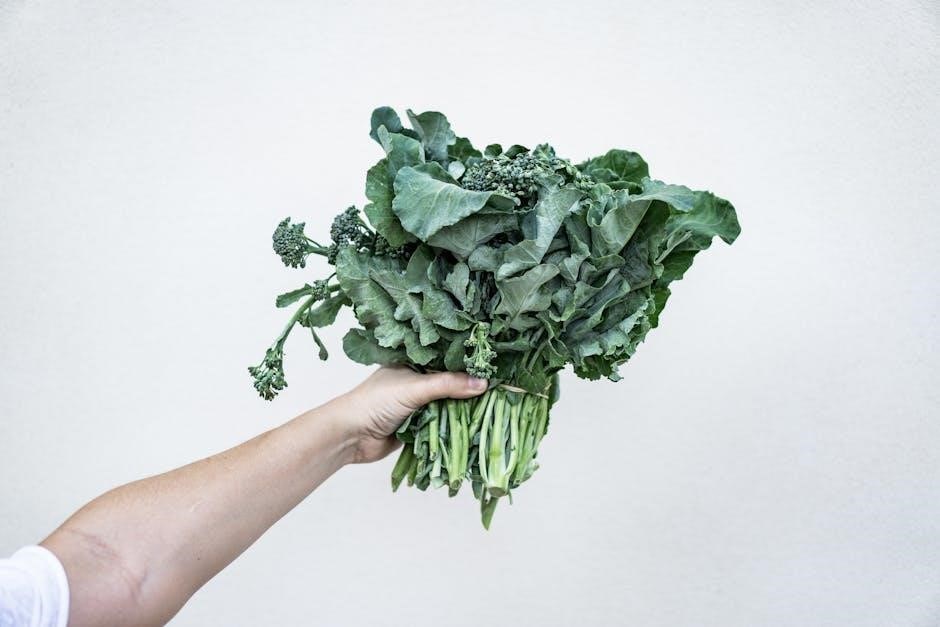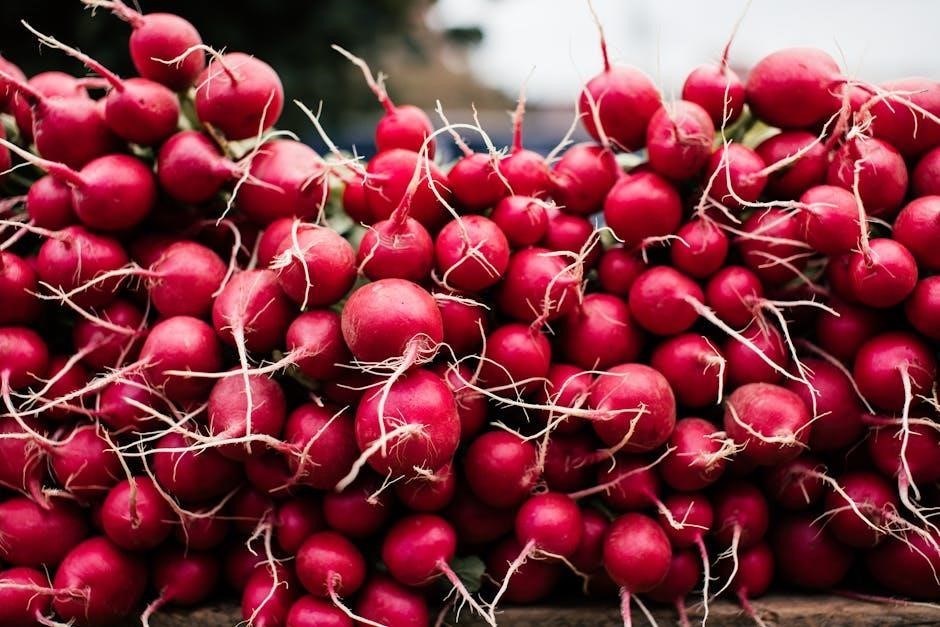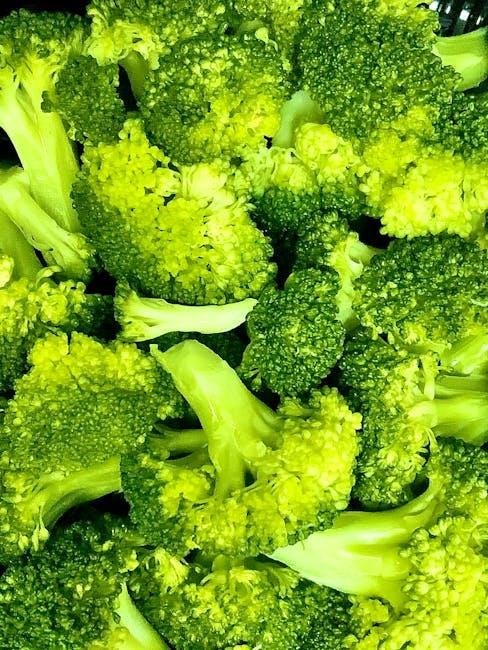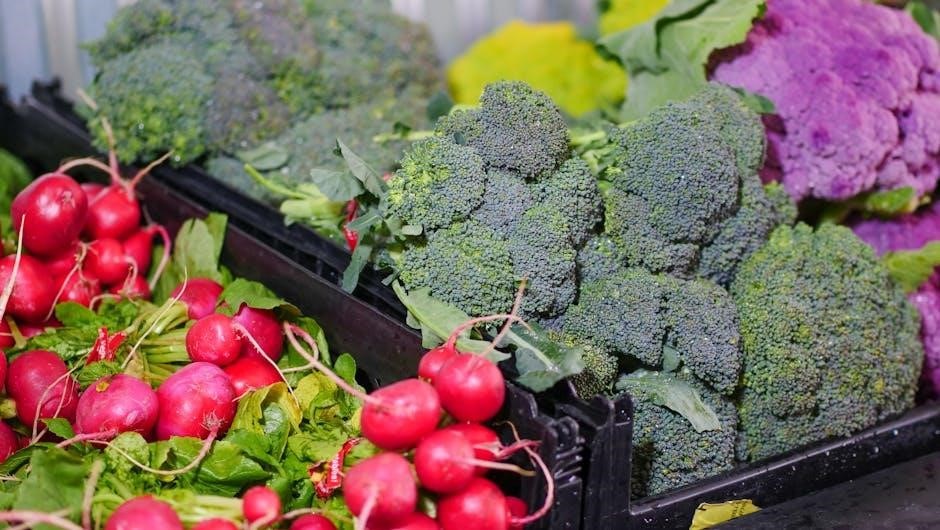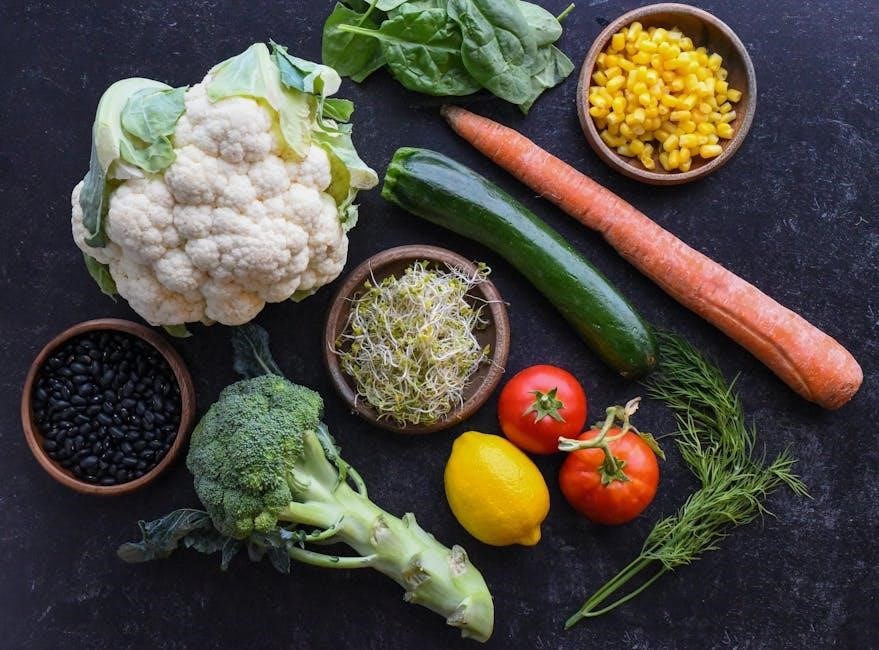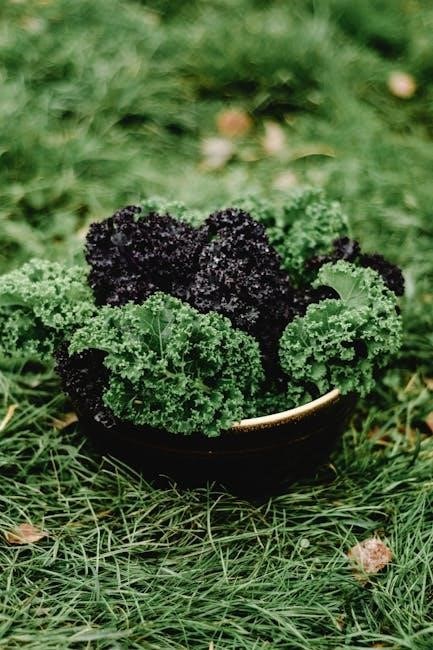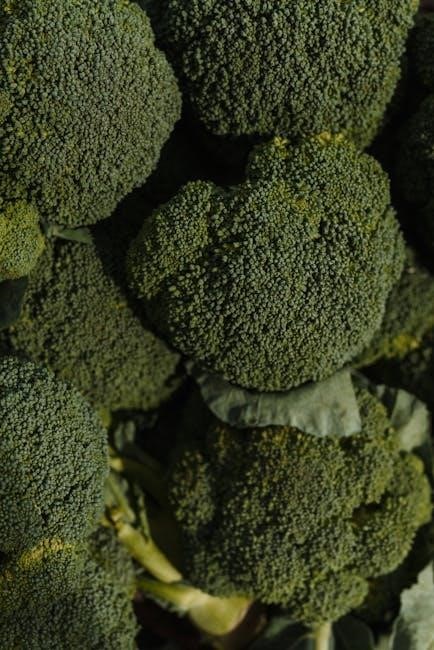The Alpha King’s Wolfless Mate Nora is a captivating werewolf romance novel exploring forbidden love, fantasy, and unconventional bonds. Follow Nora, a wolfless mate, in her thrilling journey of self-discovery and forbidden passion with the Alpha King, set in a richly imagined world of werewolf folklore and hidden realms.
1.1 Overview of the Story
The Alpha King’s Wolfless Mate Nora is a captivating tale of forbidden romance and fantasy. Nora, an orphan raised by the Moonery pack, faces shocking accusations on her 18th birthday, unraveling her destiny. The story explores her journey as a wolfless mate, a rarity in werewolf lore, and her unconventional bond with the Alpha King. The novel delves into themes of forbidden love, revenge, and redemption, intertwined with a prophecy of the blood moon. The narrative weaves together Nora’s struggle for acceptance and her entangled fate with the enigmatic Alpha King, creating a thrilling and emotional ride for readers.
1.2 Main Characters: Nora and the Alpha King

Nora, an orphan raised by the Moonery pack, is a wolfless mate, a rare and unconventional figure in werewolf lore. Her journey is marked by resilience and self-discovery. The Alpha King, a powerful and enigmatic ruler, is bound to Nora by fate, despite the challenges their relationship poses. Their dynamic explores forbidden love, power struggles, and redemption. Together, they navigate a world of prophecy, ancient curses, and hidden truths, making them the emotional core of the story.
1.3 Genre: Werewolf Romance and Fantasy
The novel seamlessly blends werewolf romance and fantasy, creating a captivating world of supernatural creatures, magic, and ancient prophecies. The story revolves around forbidden love and the mystical connection between humans and werewolves. It explores themes of power, loyalty, and destiny, typical of fantasy, while maintaining the emotional depth and intimacy of a romance novel. The combination of these genres attracts readers who enjoy both the thrill of supernatural adventures and the emotional pull of romantic conflicts, making it a compelling read for fans of both genres.

Plot Summary
The story follows Nora, a wolfless mate, and her forbidden romance with the Alpha King, intertwined with fantasy elements and unexpected twists that shape their destiny.
2.1 Nora’s Journey as a Wolfless Mate
Nora, born without a wolf, faces isolation and rejection in a world where shifting is a cornerstone of identity. Her journey begins with self-discovery and resilience, navigating a society that shuns her kind. Despite her circumstances, Nora’s strength and determination shine as she uncovers hidden truths about her past and her unique connection to the Alpha King. Her path is fraught with challenges, yet her unwavering spirit and love for the Alpha King drive her to overcome adversity, proving that true strength lies beyond physical form.
2.2 Forbidden Romance and Fantasy Elements
The forbidden romance between Nora and the Alpha King ignites a passionate yet perilous connection, defying the norms of their world. Fantasy elements, such as ancient curses and magical realms, deepen the mystery surrounding their bond. The Alpha King’s power and Nora’s uniqueness create a thrilling dynamic, as they navigate a love that could either save or destroy their world. These elements blend seamlessly, crafting a tale where forbidden love and supernatural forces collide, keeping readers captivated by the unfolding drama and magic.
2.3 Key Plot Points and Twists
The story unfolds with Nora discovering her true identity as the fated Wolfless Mate, a revelation that shocks both her and the Alpha King. A pivotal twist emerges when an ancient curse threatens their bond, forcing them to confront unforeseen enemies. The Blood Moon Prophecy takes center stage, revealing Nora’s crucial role in breaking the curse. Unexpected betrayals and alliances add layers of suspense, while the discovery of a hidden realm further complicates their journey. These twists keep readers hooked, as Nora and the Alpha King navigate a path filled with danger, magic, and ultimate sacrifice.

Character Analysis
Nora’s resilience and determination shine as she embraces her identity, while the Alpha King’s protective nature and inner conflict highlight their complex relationship’s depth and evolution.
3.1 Nora: The Wolfless Mate
Nora, as the Wolfless Mate, embodies a unique blend of vulnerability and strength. Her inability to transform into a wolf sets her apart, yet her resilience and courage define her journey. Despite societal expectations and pack dynamics, Nora’s determination to prove her worth shines through. Her bond with the Alpha King is central, showcasing her ability to inspire loyalty and love. Through her trials, Nora evolves from an outcast to a pivotal figure, challenging traditional norms and forging her own path in a world dominated by werewolf hierarchies.
3.2 The Alpha King: His Role and Personality
The Alpha King is a powerful, enigmatic figure, ruling with both authority and wisdom. His personality is a blend of ferocity and unexpected compassion, making him a compelling leader. Despite his strength, he harbors a deep sense of responsibility and loyalty to his pack. His role as a ruler is challenged by his growing connection to Nora, a bond that defies tradition. The Alpha King’s internal conflict between duty and desire adds depth to his character, showcasing his vulnerability and humanity beneath his regal demeanor.
3.3 Supporting Characters and Their Roles
The supporting characters in Alpha King’s Wolfless Mate Nora play pivotal roles in shaping the story. Advisors to the Alpha King, like the wise elder, provide counsel that influences his decisions. Nora’s friends, such as her childhood companion, offer emotional support and insight into her past. Antagonists, including rival pack members, create tension and drive the plot forward. Each character adds layers to the narrative, revealing the complexities of the werewolf world and Nora’s unique position within it. Their interactions highlight themes of loyalty, betrayal, and the struggle for power, enriching the overall tale.

Themes and Motifs
The novel explores themes of forbidden love, identity, and redemption, intertwined with motifs of the moon, hierarchy, and sacrifice, reflecting the story’s emotional and supernatural core.
4.1 Forbidden Love and Unconventional Bonds
The central theme of forbidden love drives the narrative, as Nora, a wolfless mate, and the Alpha King navigate a bond society deems unnatural. Their unconventional relationship challenges pack traditions and societal norms, creating tension and emotional depth. The story explores how their love transcends expectations, highlighting the struggle between duty and desire. This motif is central to the novel’s emotional core, weaving a tale of forbidden attraction, sacrifice, and the power of love to overcome even the most deeply ingrained obstacles in a world governed by hierarchy and tradition.
4.2 The Concept of a Wolfless Mate in Werewolf Folklore
In werewolf folklore, a wolfless mate is a rare and mysterious figure, often viewed with suspicion and curiosity. They possess no wolf form, yet are chosen by fate to bond with a powerful alpha. This concept challenges traditional pack dynamics, as their humanity creates an unconventional partnership. Nora embodies this rarity, her bond with the Alpha King defying expectations and sparking intrigue. The novel delves into the folklore surrounding wolfless mates, exploring their unique role in shaping pack history and destiny, while questioning the rigid norms of werewolf society.
4.3 Themes of Revenge and Redemption
Revenge and redemption are central themes in Alpha King’s Wolfless Mate Nora, driving the story’s emotional depth. Nora’s journey is fueled by her past suffering, while the Alpha King grapples with his own dark legacy. Their paths intertwine in a dance of vengeance and forgiveness, exploring how betrayal and pain can shape actions. Yet, the novel also offers redemption arcs, showing how love and sacrifice can heal even the deepest wounds. This duality creates a compelling narrative, highlighting the struggle between revenge and redemption, and the transformative power of forgiveness in a world ruled by power and loyalty.

World-Building
The novel crafts a rich, immersive world of werewolves, exploring pack hierarchies, ancient lore, and magical realms, creating a compelling backdrop for Nora and the Alpha King’s story.
5.1 The World of Werewolves and Lycans
The novel delves into a detailed world of werewolves and Lycans, exploring their societal hierarchies, magical abilities, and ancient traditions. Werewolves are portrayed as powerful, shape-shifting beings with a deep connection to the moon and nature, while Lycans are often depicted as their rivals, possessing darker, more mysterious traits. The world-building emphasizes the clash between these species, their forbidden interactions, and the hidden magical realms that govern their lives. This intricate setting creates a captivating backdrop for Nora and the Alpha King’s story, blending fantasy with werewolf lore.
5.2 The Prophecy of the Blood Moon
The Prophecy of the Blood Moon is a central element in the novel, foretelling a rare celestial event that signals profound change. It speaks of a time when the balance of power among werewolves and Lycans will shift, tied to the emergence of a unique individual—Nora, the wolfless mate. The prophecy hints at her pivotal role in breaking ancient curses and uniting divided worlds. Its fulfillment is intertwined with the forbidden romance between Nora and the Alpha King, setting the stage for a climactic showdown between fate and free will.
5.3 The Setting: Villages, Packs, and Hidden Realms
The novel is set in a richly detailed world featuring quaint villages, sprawling werewolf packs, and mystical hidden realms. These settings create a vivid backdrop for Nora’s journey, blending human and supernatural elements seamlessly. The villages represent a fragile peace between humans and werewolves, while the packs embody the hierarchical structure of lycan society. Hidden realms add layers of mystery, serving as sanctuaries or battlegrounds. Together, these locales shape the story’s tension and magic, immersing readers in a world where the ordinary and extraordinary coexist.

Availability and Access
The novel is accessible online through platforms like NovelCat and Wattpad. Free PDF downloads are available, offering readers convenient access to Nora’s story worldwide.
6.1 Where to Read “Alpha King’s Wolfless Mate Nora” Online
Read “Alpha King’s Wolfless Mate Nora” on platforms like NovelCat, Wattpad, or other online reading sites. The novel is available for free, with chapters updated regularly. Fans can also access it through free PDF downloads shared on various forums and eBook communities. Its popularity has led to widespread availability, making it easy for readers to dive into Nora’s journey from any device. Whether through direct links or downloadable formats, the story is accessible to anyone interested in werewolf romance and fantasy genres.
6.2 Free PDF Downloads and Reading Platforms
Free PDF downloads of “Alpha King’s Wolfless Mate Nora” are widely available on platforms like NovelCat and Wattpad. Readers can easily access the full novel or individual chapters through these sites. Additionally, several online forums and eBook communities offer downloadable PDF versions, making it convenient for fans to read offline. The novel’s popularity has led to its availability in multiple formats, ensuring accessibility for all readers who enjoy werewolf romance and fantasy genres. Regular updates are also provided to keep up with the story’s progression.
6.3 Popular Platforms: NovelCat, Wattpad, and More
The novel “Alpha King’s Wolfless Mate Nora” is widely available on popular reading platforms like NovelCat and Wattpad. These platforms offer free access to the story, with regular updates to keep readers engaged. Additionally, other platforms like Dreame and GoodNovel host the novel, providing users with a seamless reading experience. Fans can explore these sites to enjoy the story in a format that suits their preferences, making it accessible to a global audience. The availability on multiple platforms ensures that readers can easily follow Nora’s captivating journey.

Author and Publication
Author Priceless Jewel pens this captivating tale. The novel is serialized online, with new chapters released regularly. The story has reached Chapter 150, keeping fans hooked.
7.1 About the Author: Priceless Jewel
Priceless Jewel is the talented author behind “Alpha King’s Wolfless Mate Nora.” Known for crafting compelling werewolf romances, Jewel’s writing captivates readers with intricate plots and emotional depth. Their stories often explore forbidden love and supernatural elements, resonating deeply with fans of fantasy romance. With a growing fanbase, Priceless Jewel continues to deliver engaging narratives that keep readers enthralled. The author’s unique voice and storytelling style have solidified their place in the werewolf romance genre, making their works a must-read for enthusiasts seeking immersive and passionate tales.
7.2 Publication Details and Updates
“Alpha King’s Wolfless Mate Nora” is published online, with new chapters released regularly. The novel is available on popular platforms like NovelCat and Wattpad, offering free access to readers worldwide. Fans can enjoy the story as it unfolds, with updates ensuring continuous engagement. The digital format allows for easy accessibility, making it a favorite among werewolf romance enthusiasts. Readers can follow the story’s progress and stay updated on the latest developments in Nora’s journey. The frequent updates keep the audience eagerly anticipating each new chapter.
7.3 The Author’s Writing Style and Influence
Priceless Jewel’s writing style captivates readers with emotional depth and vivid storytelling. Her ability to weave intricate werewolf lore with relatable characters creates a compelling narrative. The author’s influence stems from blending romance, fantasy, and drama seamlessly. Fans praise her unique voice, which sets her apart in the paranormal romance genre. Her work often draws comparisons to bestselling authors like Bella Forrest and Amelia Hutchins. Priceless Jewel’s storytelling has attracted a dedicated fan base, solidifying her place as a rising talent in werewolf romance literature.

Fan Reception and Reviews
Readers praise the novel for its unique storyline and emotional depth. Fans highlight the compelling characters and addictive plot twists, making it a favorite in werewolf romance.
8.1 Reader Feedback and Ratings
Readers have enthusiastically embraced “Alpha King’s Wolfless Mate Nora,” praising its captivating storyline and deep character development. Many highlight Nora’s strength and resilience as a wolfless mate, resonating emotionally with fans. The forbidden romance and fantasy elements have been particularly well-received, with readers applauding the unique twists and turns. While some mention pacing issues, the overwhelming feedback is positive, with high ratings across platforms. Fans often recommend the novel for its fresh take on werewolf lore and its ability to blend romance with suspense. The emotional connection between Nora and the Alpha King is frequently cited as a standout feature.
8.2 Common Themes in Reviews
Reviews of “Alpha King’s Wolfless Mate Nora” frequently highlight its unique take on werewolf lore and forbidden love. Many praise the emotional depth of Nora’s journey and her unconventional bond with the Alpha King. The slow-burn romance and fantasy elements are often commended, while some note the moral ambiguity of certain characters. Readers also appreciate the world-building, particularly the intricate details of the werewolf hierarchy and the hidden realms. The novel’s ability to balance action, drama, and romance is a recurring theme in positive feedback. Fans often commend the author’s creative storytelling and character development.
8.3 Comparisons with Similar Werewolf Novels
Readers often compare “Alpha King’s Wolfless Mate Nora” to other popular werewolf romance novels, such as “A Court of Thorns and Roses” and “The All Souls Trilogy.” While it shares themes of forbidden love and supernatural lore, its unique twist on the wolfless mate concept sets it apart. Fans note that the Alpha King’s character brings a fresh take on the alpha male trope, blending vulnerability with power. The novel’s pacing and emotional depth are also praised, often drawing parallels to “The Vampire Academy” series but with a werewolf-centric narrative. Its originality and engaging plot make it a standout in the genre.

Related Topics and Recommendations
- Explore werewolf romance novels like A Court of Thorns and Roses for similar themes.
- Discover books featuring forbidden love, such as The All Souls Trilogy.
- Check out fantasy romance novels with strong female leads like The Vampire Academy series.
9.1 Similar Werewolf Romance Novels
For fans of Alpha King’s Wolfless Mate Nora, similar werewolf romance novels include A Court of Thorns and Roses by Sarah J. Maas and The All Souls Trilogy by Deborah Harkness. These novels blend forbidden love, fantasy, and supernatural elements, offering captivating journeys. The Sookie Stackhouse Novels by Charlaine Harris also explore werewolf lore with romantic twists. Readers who enjoy strong female protagonists and intricate world-building will find these books compelling. These stories delve into themes of forbidden love and supernatural conflicts, making them perfect for fans of Nora’s journey.
9.2 Books Featuring Forbidden Love and Fantasy
For readers captivated by forbidden love and fantasy, novels like A Court of Thorns and Roses by Sarah J. Maas and The All Souls Trilogy by Deborah Harkness are must-reads. These stories blend forbidden romance with rich fantasy worlds, offering compelling narratives. Twilight by Stephenie Meyer also explores forbidden love between humans and vampires, while The Night Circus by Erin Morgenstern weaves magic and star-crossed lovers. These books provide immersive experiences, perfect for fans of Nora’s journey and its themes of unconventional bonds.
9.3 Recommendations for Fans of Nora’s Journey
Fans of Nora’s journey will love The Lunar Chronicles by Marissa Meyer, blending fairy tales with futuristic fantasy. The Mortal Instruments by Cassandra Clare offers a rich fantasy world with romantic subplots. For a darker tone, The Cruel Prince by Holly Black explores forbidden faerie romances. These stories share themes of strong female leads and fantastical worlds, making them perfect for readers who enjoyed Nora’s unique tale of forbidden love and self-discovery. Each series provides a fresh take on romance and adventure, keeping readers engaged.
This captivating werewolf romance weaves forbidden love and fantasy, leaving readers spellbound. Nora’s journey alongside the Alpha King is a testament to resilience and unconventional bonds.
10.1 Final Thoughts on the Novel
“Alpha King’s Wolfless Mate Nora” captivates readers with its unique blend of werewolf romance, fantasy, and drama. Nora’s journey is a compelling exploration of strength and unconventional love, while the Alpha King’s enigmatic presence adds depth to the story. The novel masterfully weaves forbidden love, redemption, and a richly imagined world, making it a must-read for fans of paranormal romance. With its emotional twists and captivating characters, this tale leaves a lasting impression, urging readers to explore its magical realms and heartfelt connections.
10.2 Encouragement to Read and Explore
Embark on a captivating journey with “Alpha King’s Wolfless Mate Nora”, a tale that seamlessly blends romance, fantasy, and drama. Nora’s story is a testament to resilience and unconventional love, offering readers a unique perspective on werewolf lore. The novel’s emotional depth and intriguing plot twists make it a compelling read; Whether you’re a fan of paranormal romance or looking for a story with strong character development, this book promises an unforgettable experience. Dive into its enchanting world and discover the magic that awaits within its pages.
10.3 The Impact of “Alpha King’s Wolfless Mate Nora” on Readers
“Alpha King’s Wolfless Mate Nora” deeply resonates with readers, immersing them in Nora’s compelling journey. The novel challenges views on love and societal norms through its forbidden romance narrative. Vivid fantasy elements ignite imagination, while relatable character struggles build a strong emotional bond. Fans often recommend the book for its memorable characters and engaging plot, fostering active discussions in reading communities. It leaves a lasting impact, inspiring readers to explore more stories within the werewolf romance genre and influencing their reading preferences.


